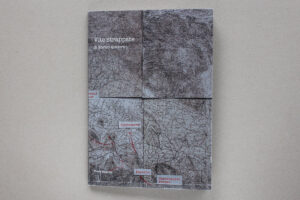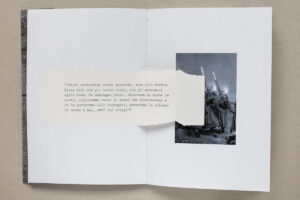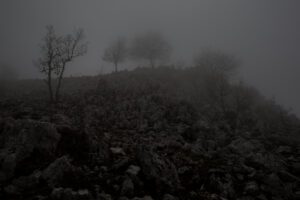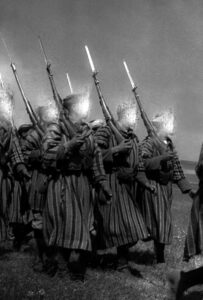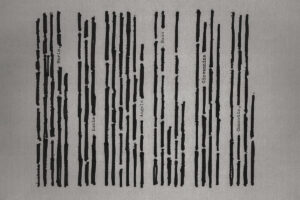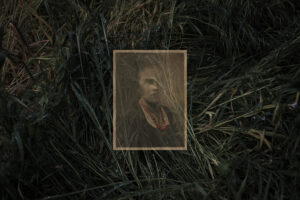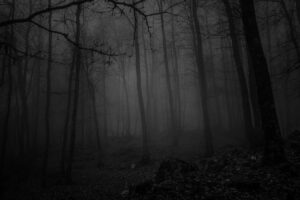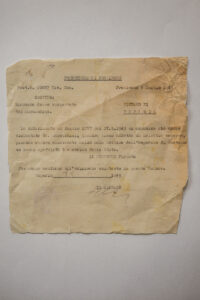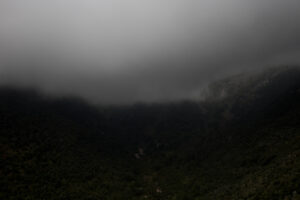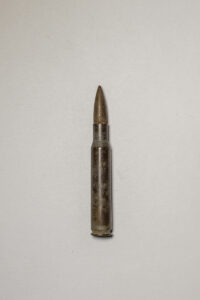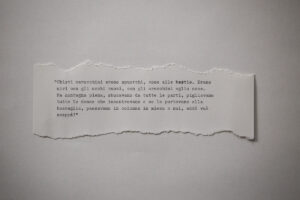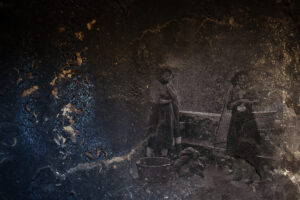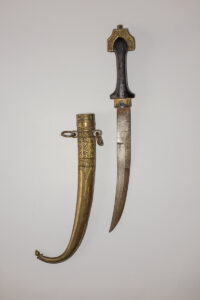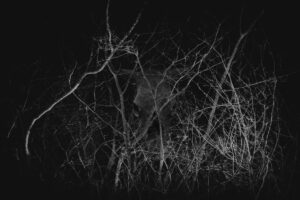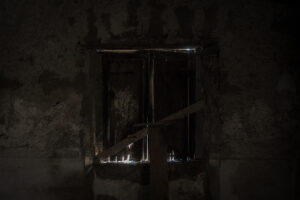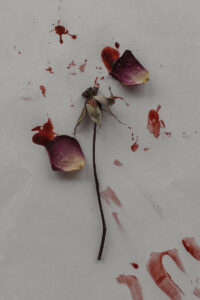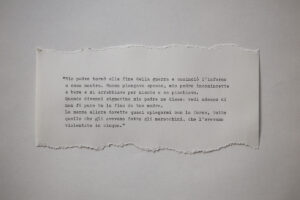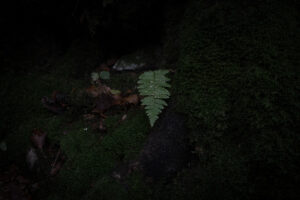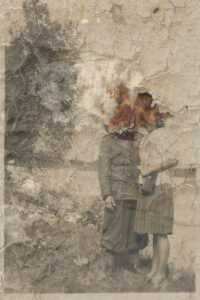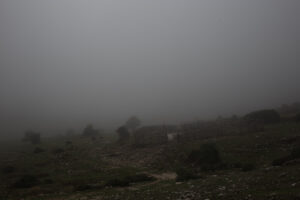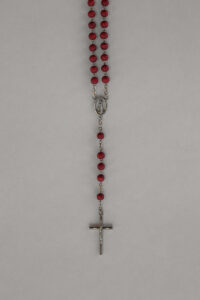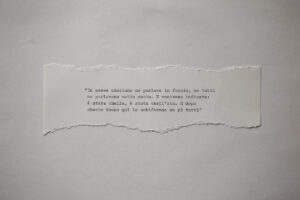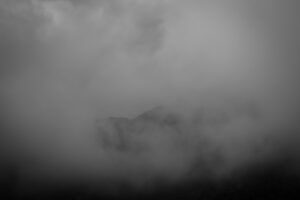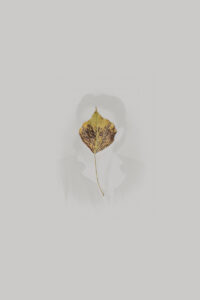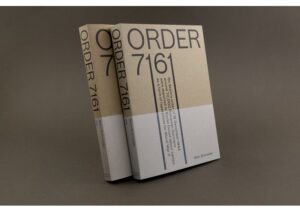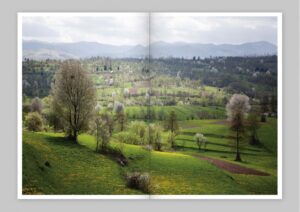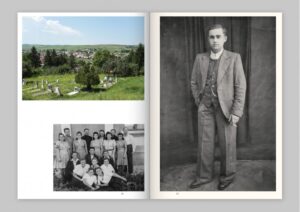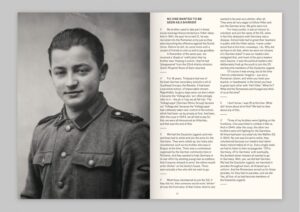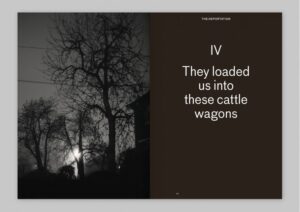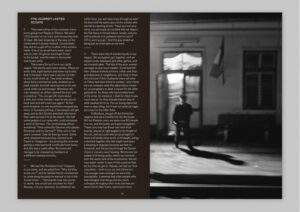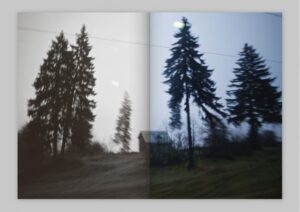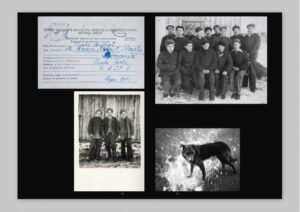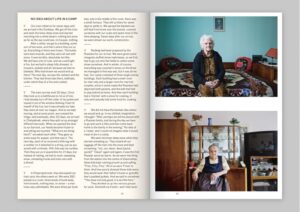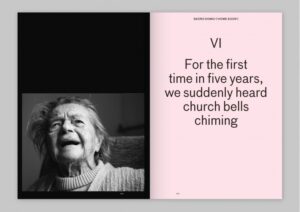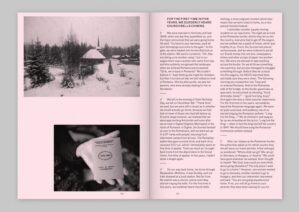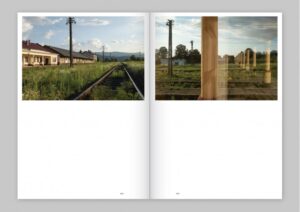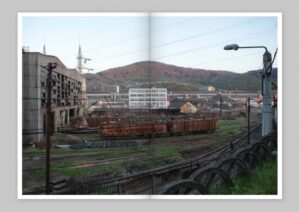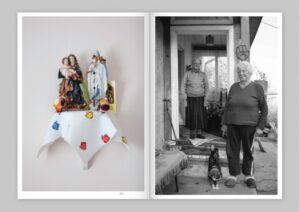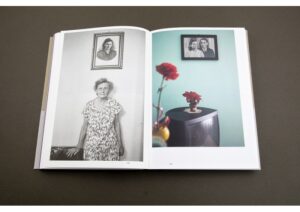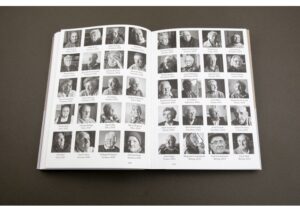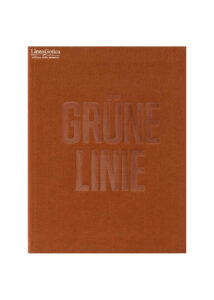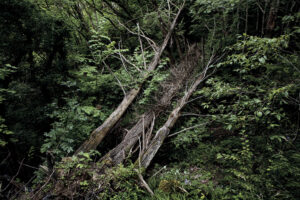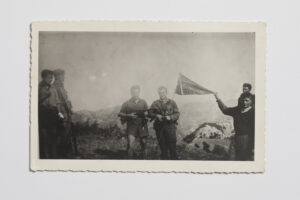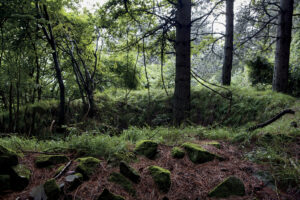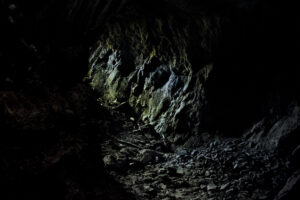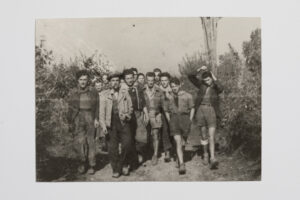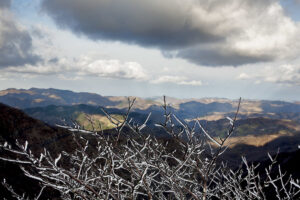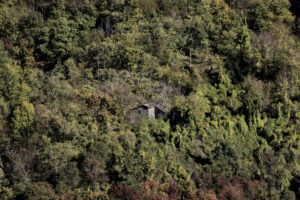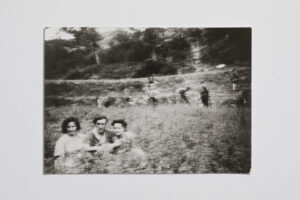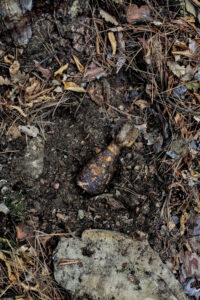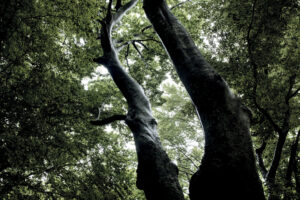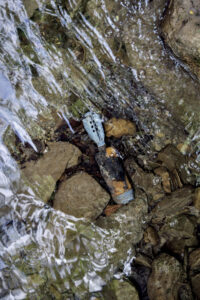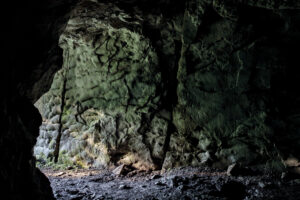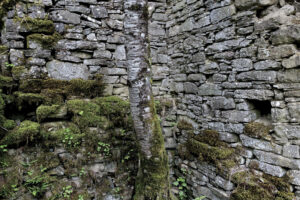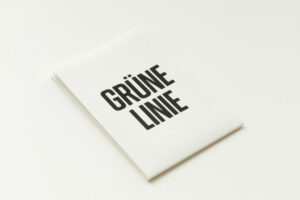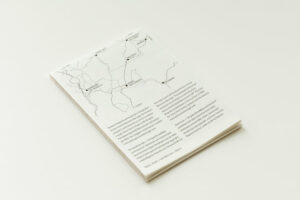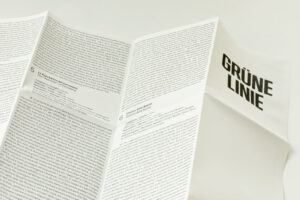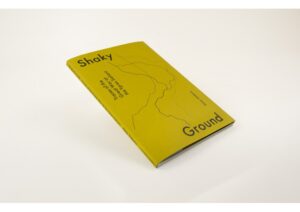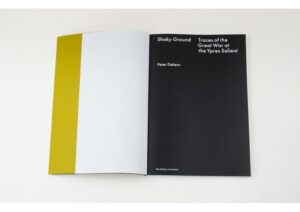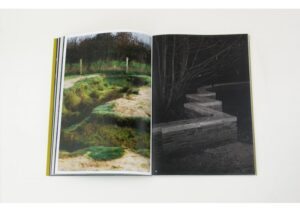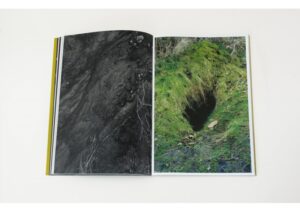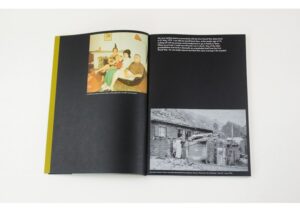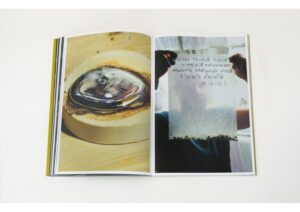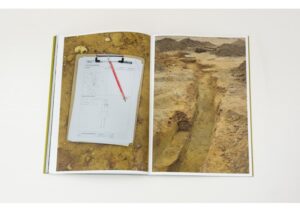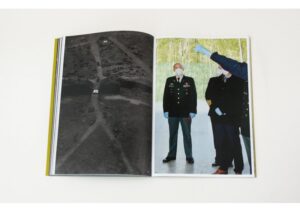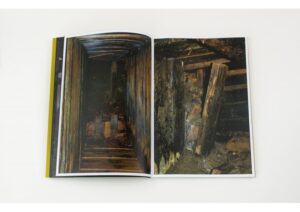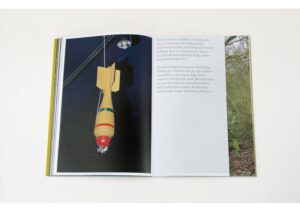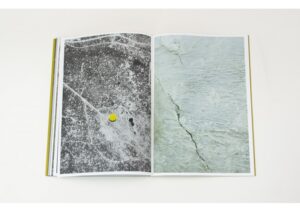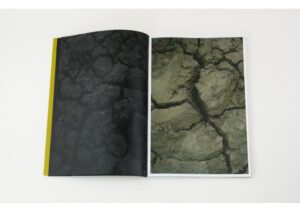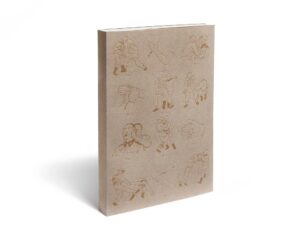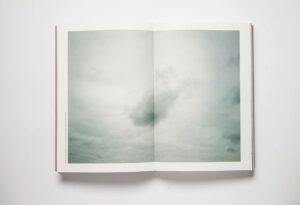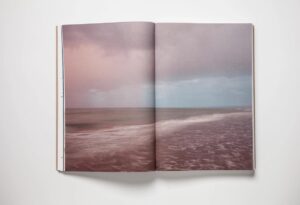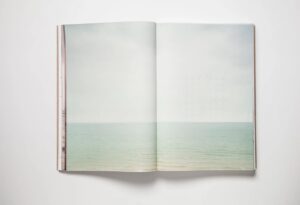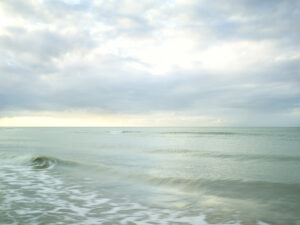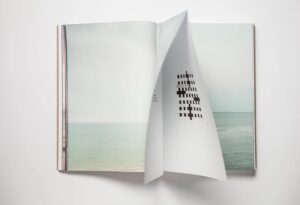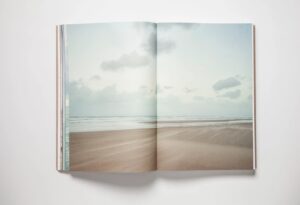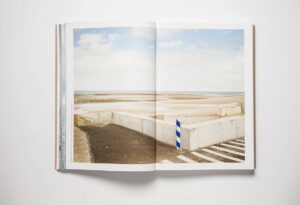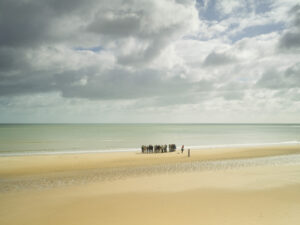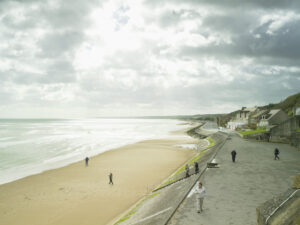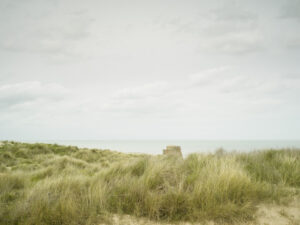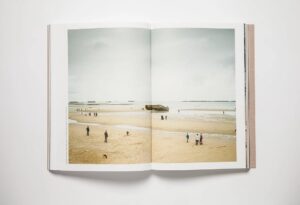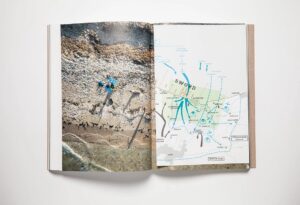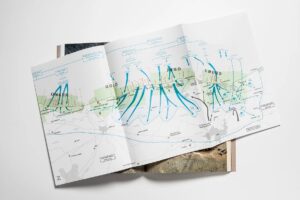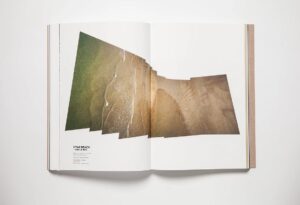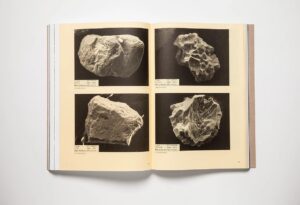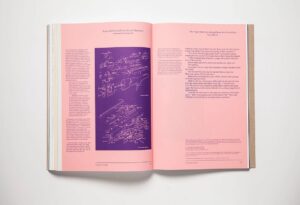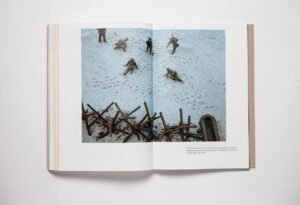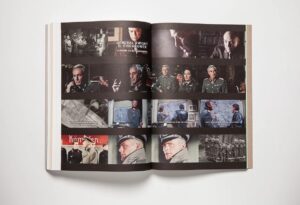NOTHING PERSONAL
The back office of war
Language: English
Photography: Nikita Teryoshin
Text: Linda Åkerström
Design: GHOST
Almost everyday on the news we are watching pictures of war and destruction and the expenditure on armaments is setting new records year after year. Well, let‘s take a look at the other side of the subject – behind the curtains of global defence business. Nothing Personal shows the back office of war, which is the complete opposite of a battlefield: A oversized playground for adults with vine, fingerfood and shiny weapons. Dead bodies here are mannequins or pixels on screens of a huge number of simulators. Bazookas and machine guns are plugged into flatscreens and war action is staged in an artifical environment infront of a tribune full of high ranked guests, ministers, heads of states, generals and traders.
I deliberately don’t show you the faces of the business men. It is not my intention to fix everything upon a certain person. The anonymized traders with Weapons coming out of their Heads could be seen as a reference to John Heartfield’s anti war drawing from the 1930ies before the WW2 “Dangerous Dining Companions”. I like the Idea of this symbolism.
Nowadays companies use slogans like, ‘70 years defending peace’ or, ‘Engineering a better tomorrow.’ It is hard to imagine, that some people in the weapons industry believe these things. Still there is a remarkable quote from the inventor of the machine gun Richard Gatling that says: ‘It occurred to me that if I could invent a machine – a gun – which could, by its rapidity of fire, enable one man to do as much battle duty as 100, that it would, to a large extent, supersede the necessity of large armies and consequently, exposure to battle and disease be greatly diminished.’ His motivation was not to accelerate the process of killing, but to save lives by reducing the number of soldiers needed on the battlefield. The future Gatling wrought was not one of less bloodshed however, but unimaginably more. The Gatling gun laid the foundations for a new class of machine; the automatic weapon.
The pictures have been taken so far at 14 defence exhibitions between 2016 and 2020 in Europe, Africa, Asia, North and South America (Poland, Belarus, South Korea, Germany, France, South Africa, China, United Arab Emirates, USA, Peru, Russia, Vietnam and India). The final goal of the project is to make pictures on every continent and to underline the global aspect of this very specific business and to publish as photo book. The project has been exhibited in Straßburg, France, Biel and Geneva in Switzerland and won the german VG Bildkunst research grant in 2018, PH Museum Grant in 2019, Miami Street Photography Festival 2019 first prize in Series, Kolga Tbilisi in 2020 first prize in Documentary and the World Press Photo 2020 first prize in the category Contemporary Issues and has been nominated for the picture of the year.



















